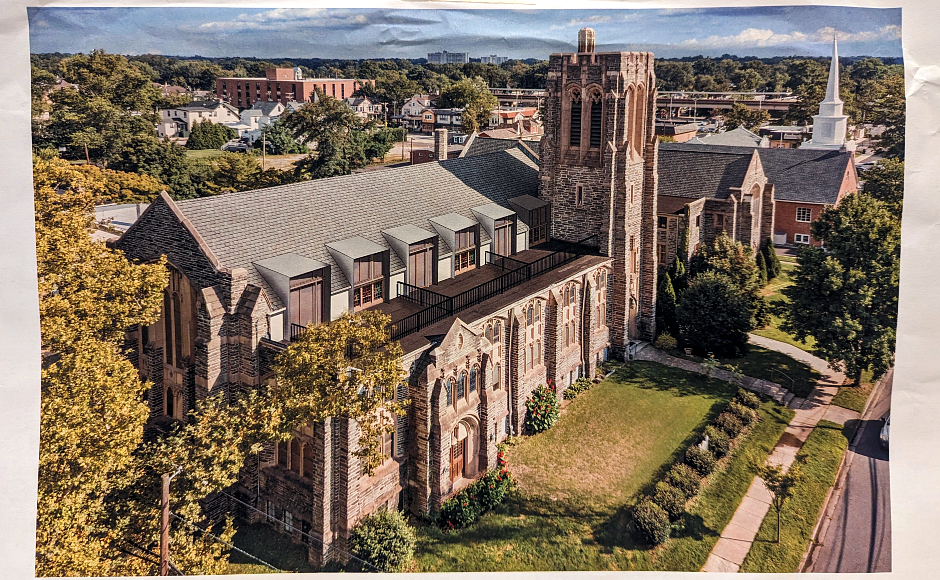 Collingswood Presbyterian Church redevelopment rendering. Credit: Harman Deutsch Ohler Architecture.
Collingswood Presbyterian Church redevelopment rendering. Credit: Harman Deutsch Ohler Architecture. Collingswood Presbyterian Church redevelopment rendering. Credit: Harman Deutsch Ohler Architecture.
Collingswood Presbyterian Church redevelopment rendering. Credit: Harman Deutsch Ohler Architecture. Collingswood Presbyterian Church redevelopment rendering. Credit: Harman Deutsch Ohler Architecture.
Collingswood Presbyterian Church redevelopment rendering. Credit: Harman Deutsch Ohler Architecture.